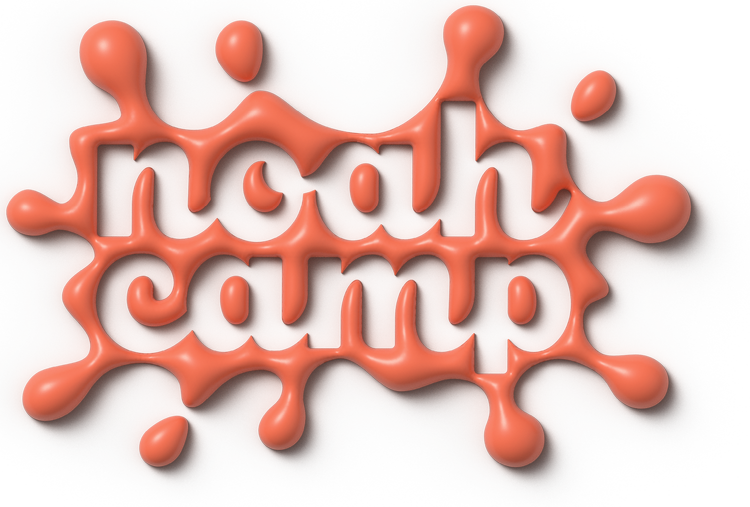What Supplies Do You Need to Start Brush Pen Calligraphy?
A great way to get into calligraphy is with the brush pen. The brush pen is very versatile, and it continues to create really beautiful results as you get more advanced. The ink is already loaded and ready to go, so it is easy to use. It’s not as complicated as you might think to get started. To be successful, you don't have to get the most expensive tools.
You only need a brush pen and paper to start.
I will tell you which supplies I wish I'd known of in the beginning before I went crazy buying things I didn't need.
Brush pens: so many to choose from!
BRUSH PENS
A brush pen is essentially a marker used by calligraphers and illustrators that can create varying widths depending on how much pressure is exerted. Depending on the brush pen, they can create a drastic or subtle contrast between thick and thin lines, which makes for a myriad of style options. With so many brush pens available out there, it can be overwhelming to know what to get. The way that I learned brush calligraphy was to work with one or two brush pens at first. That way, I could just concentrate on becoming one with the pen. Once you become more comfortable with one or two brush pens, you can move on to try other pens.
The Tombow dual brush pen is a very popular one among letterers, and I really like it now that I have a handle on it. But, when I was starting out, I thought there was something wrong with me because I just couldn't get any control of this pen. That is why I don't recommend the Tombow Dual Brush Pen for absolute beginners. Starting with a firm-tipped brush pen is the best way to ease into brush pen calligraphy. The good news is that while practicing with these brush pens, you are preparing yourself to be better with the more advanced pens.
So which beginner brush pens would I recommend? I really like the Tombow fudenosuke (hard), Zebra disposable brush pen (fine), and the Pentel fude touch brush pen (single) or (set of 12). Even though these are great for beginners, they are still some of my favorite brush pens to use.
Paper matters with brush pen calligraphy
PAPER
The paper you use actually makes a difference in brush pen calligraphy. It’s not important that you get the most expensive paper possible. If that were the case, I wouldn’t have ever practiced for fear of wasting paper. But it is important that the paper be smooth. This is because most brush pens with a felt tip can fray over time with a textured surface. So using smooth paper prolongs the life of the brush pen. Before I learned this I ruined more brush pens than I'd like to admit.
Smooth paper also helps to make brush calligraphy easier. When the pen doesn’t get “stuck” on the paper, movements are easier. The smooth paper also helps to avoid bleeding, which can make your lettering look rough around the edges even when you write smoothly. There are certain styles of brush calligraphy where this textured look is desired, but that is a more advanced technique.
Having paper with guidelines is good to have in the beginning, because it helps you build muscle memory and keep consistency. But you can also allow yourself to play on unguided paper from the beginning. Working with the guides built the discipline that I needed to get the fundamentals down, while using blank paper let me play around without the worry of staying inside the lines.
So what paper do I recommend? The Rhodia pads are great for smoothness and quality. They come in blank sheets and guided. For guided Rhodia paper, you can choose from dotted paper, graph paper, or lined paper. Another smooth blank paper I recommend is the Canson XL Marker Paper. It is important to remember with the sketchpads, that you need to practice with the paper no higher than the desk surface, so that your arms can freely move without getting caught on the edge of the sketchbook. Of course, the pages of the pads can be easily taken out. It is a matter of preference. Loose paper can not only be useful to just grab whenever you need to practice, but it can also be used to print guidelines with your printer. I like HP Color LaserJet 28lb Paper. You don't need a LaserJet printer to use it. It is affordable and super smooth.
So now that you know what to get, have fun shopping for your new toys!
You can always refer to the Resources page, that I'm always updating, to see my brush pen, paper, and other tool recommendations.
In the next blog post I will let you know what to do with your new tools. Stay tuned!



